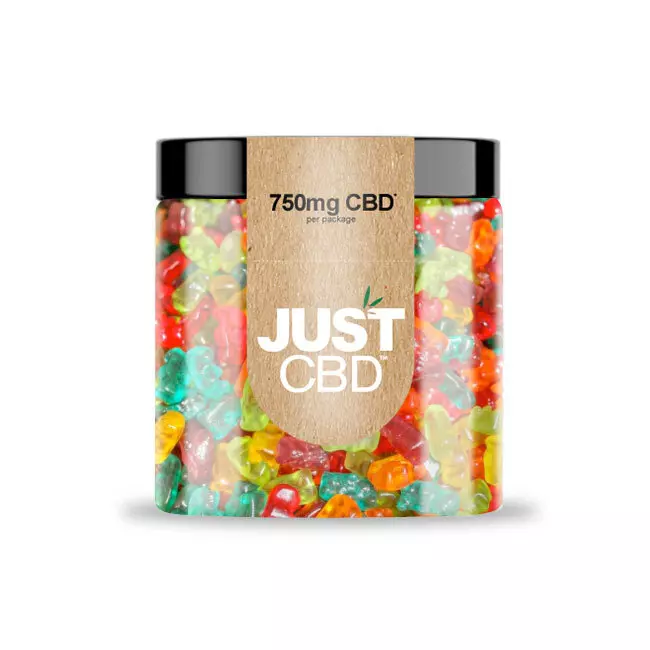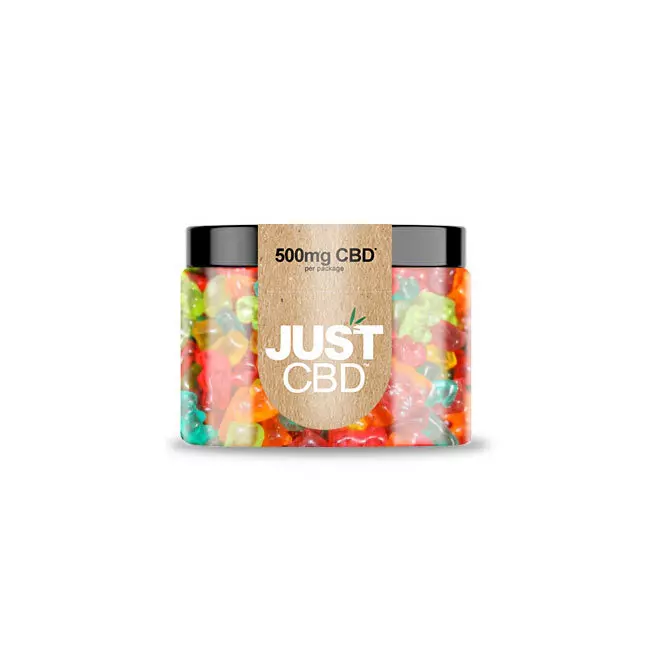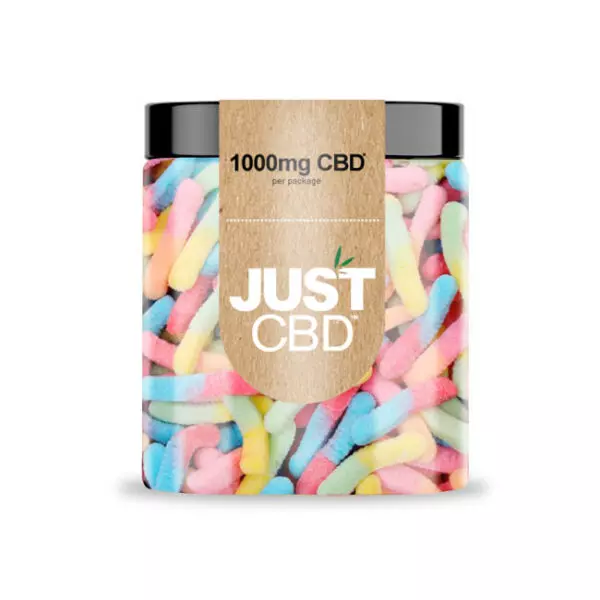Extraction
CBD gummies are becoming increasingly popular as a convenient and tasty way to consume cannabidiol (CBD). But have you ever wondered about the process behind making these delectable treats? From sourcing high-quality hemp to adding flavorings and sweeteners, there’s a surprisingly intricate journey that transforms CBD oil into the gummy goodness we all know and love.
Sourcing Hemp
The first step in crafting delicious CBD gummies is sourcing premium hemp. Hemp plants are cultivated specifically for their rich concentration of CBD, a naturally occurring compound with potential therapeutic benefits. Farmers use sustainable practices to grow these plants, ensuring the highest quality raw material for extraction.
CBD Extraction Methods
Once the hemp plants are harvested, the next crucial step is extracting the CBD oil. Several methods can be employed for this purpose, each with its own advantages and considerations.
One common method is supercritical CO2 extraction. This technique uses pressurized carbon dioxide to dissolve CBD from the plant material. The resulting extract is pure and free of harmful solvents.
Another popular method is ethanol extraction. In this process, ethanol is used as a solvent to draw out the CBD. The ethanol is then evaporated, leaving behind a concentrated CBD oil.
Both supercritical CO2 extraction and ethanol extraction produce high-quality CBD oil suitable for use in gummies. The chosen method often depends on factors such as cost, efficiency, and desired purity levels.
CO2 Extraction
Supercritical CO2 extraction is a popular choice for CBD oil production due to its effectiveness and safety. This method utilizes pressurized carbon dioxide, which acts as a solvent, dissolving the CBD from the hemp plant material.
The CO2 is kept at a high pressure and temperature, reaching a “supercritical” state where it exhibits properties of both a liquid and a gas. In this supercritical state, CO2 can penetrate the plant cells effectively, extracting the CBD molecules. After extraction, the pressure is reduced, causing the CO2 to evaporate, leaving behind a highly concentrated and pure CBD oil.
Ethanol Extraction
Ethanol extraction is another widely used method for obtaining CBD oil. This process involves utilizing ethanol as a solvent to dissolve the desired compounds from the hemp plant material.
- Hemp Material Preparation: Dried hemp biomass, typically flowers and leaves, is finely ground to increase surface area for efficient extraction.
- Ethanol Immersion: The grounded hemp material is immersed in ethanol, allowing the solvent to penetrate the plant cells and dissolve the CBD.
- Filtration and Separation: After a period of steeping, the mixture is filtered to remove any solid plant material. This leaves behind a solution containing dissolved CBD and other compounds.
- Ethanol Evaporation: The ethanol is then carefully evaporated under controlled conditions. This can be achieved through methods like distillation or rotary evaporation. As the ethanol boils off, it leaves behind a concentrated CBD oil extract.
Infusion Process
The creation of delectable CBD gummies begins with the meticulous selection of premium hemp. This plant, cultivated for its abundance of CBD, undergoes careful harvesting and processing to yield the essential oil.
Preparing the Base Ingredients
Preparing the base ingredients for CBD gummies involves several key steps. First, high-quality CBD oil is combined with a gelling agent, typically gelatin or pectin. These agents provide the structure and chewiness of the gummies. Sweeteners are then added to achieve the desired level of sweetness. Common sweeteners include sugar, corn syrup, and artificial sweeteners.
Natural flavorings and colors may be incorporated to enhance the taste and visual appeal of the gummies. Natural flavors can come from fruits, herbs, or other plant extracts. The mixture is thoroughly blended to ensure that all ingredients are evenly distributed.
Adding CBD Extract
Once the base mixture is prepared, it’s time to add the CBD extract. This step is crucial for infusing the gummies with the desired amount of cannabidiol. The CBD oil is carefully incorporated into the mixture, ensuring even distribution throughout the gummy mass.
The infused mixture is then poured into molds shaped like various gummies. These molds can be simple shapes like squares or circles, or they can be more intricate designs. After pouring, the molds are refrigerated to allow the gummies to solidify and set.
Mixing and Emulsification
Once the gummies have solidified, they are carefully removed from the molds and packaged for distribution. The packaging process ensures that the gummies stay fresh and protected until they reach consumers.
The infusion process is a critical step in creating CBD gummies. It involves thoroughly incorporating the CBD oil into the gummy base to ensure even distribution of cannabidiol in each gummy.
Mixing and emulsification play crucial roles in achieving a homogenous and stable final product. Mixing ensures that all ingredients are evenly distributed, while emulsification helps to blend the CBD oil with the other ingredients, preventing separation.
For example, if water-based sweeteners or flavorings are used, emulsification techniques may be employed to ensure that the oil and water-based components remain uniformly dispersed.
Forming Gummies
CBD gummies have become increasingly popular as a tasty and convenient way to consume cannabidiol (CBD). But how are these delightful treats made? From sourcing high-quality hemp to adding flavors and sweeteners, the process involves several meticulous steps that transform CBD oil into the chewy goodness we all know and love.
Shaping and Molding
Shaping and molding is a key stage in the production of CBD gummies.
The prepared gummy mixture, now infused with CBD oil, is poured into molds of various shapes and sizes. These molds can range from simple squares or circles to more intricate designs like fruits, animals, or even custom logos.
After pouring, the molds are refrigerated to allow the gummies to solidify and set. This cooling process transforms the liquid mixture into a firm, chewable texture.
Once solidified, the gummies are carefully removed from the molds and are ready for packaging and distribution.
Cooling and Solidification
The infused gummy mixture is then poured into molds shaped like various gummies. These molds can be simple shapes like squares or circles, or they can be more intricate designs. After pouring, the molds are refrigerated to allow the gummies to solidify and set.
Cooling and solidification are essential steps in the process of forming CBD gummies. The gummy mixture, which is a viscous liquid at room temperature, needs to solidify into a firm, chewable texture. Refrigeration is typically used to achieve this transformation. As the mixture cools, the gelatin or pectin gelling agents set, providing structure and stability to the gummies.
The cooling process also allows for the flavors and colors to evenly distribute within the gummy mass, ensuring a consistent taste and appearance in each gummy.
Quality Control
Quality control is paramount in the production of CBD gummies, ensuring that consumers receive safe, effective, and enjoyable products.
Testing for Potency and Purity
Testing for potency and purity is crucial at various stages of the CBD gummy manufacturing process. To guarantee that each gummy contains the expected amount of CBD, testing is conducted throughout the production line.
Initial testing is performed on the raw CBD oil extracted from the hemp plants. This analysis determines the concentration of CBD and other cannabinoids present in the extract, ensuring it meets quality standards.
Further testing is carried out after the CBD oil has been incorporated into the gummy base. Samples are taken at this stage to verify that the correct amount of CBD is infused into each gummy and that the distribution is consistent.
Testing for purity is equally important to ensure the safety and integrity of the gummies. This involves analyzing the final product for the presence of contaminants, such as pesticides, heavy metals, or residual solvents.
Strict quality control measures are implemented throughout the manufacturing process to minimize the risk of contamination at every stage.
Regularly testing finished products for potency and purity helps manufacturers maintain consistency and compliance with regulatory guidelines. It also provides consumers with assurance that they are receiving a safe and reliable CBD product.
Third-Party Lab Testing
Quality control is of paramount importance in the production of CBD gummies to guarantee consumer safety and satisfaction.
Throughout the manufacturing process, rigorous testing protocols are implemented at various stages to ensure product quality and consistency.
Initial testing focuses on the raw materials, particularly the CBD oil extracted from hemp plants. This analysis determines the concentration of CBD and other cannabinoids present, confirming it meets pre-set standards for purity and potency.
Subsequent testing occurs after the CBD oil is incorporated into the gummy base. Samples are analyzed to verify the accurate dosage of CBD in each gummy and ensure even distribution throughout the batch.
To guarantee product safety, third-party lab testing plays a crucial role. Independent laboratories analyze finished products for contaminants such as pesticides, heavy metals, residual solvents, or microbial growth. These tests ensure compliance with regulatory standards and provide consumers with assurance of product quality and safety.
Packaging and Labeling
Packaging plays a vital role in preserving the quality and extending the shelf life of CBD gummies.

The chosen packaging material should be food-grade, non-reactive, and able to protect the gummies from environmental factors such as moisture, light, and oxygen.
Common materials used for CBD gummy packaging include plastic containers, pouches made from foil or laminated film, and rigid cardboard boxes.
Airtight seals are essential in most packaging types to prevent oxidation and preserve the freshness of the gummies.

Labeling is an integral part of CBD gummy packaging, providing essential information to consumers.
Legally mandated information typically includes:
- Product Name:
- List of Ingredients:
- Net Weight or Quantity:
- Manufacturer Contact Information:
- CBD Content per Serving and Total CBD in the Product:

Beyond legal requirements, labels often include additional information such as:
- Serving Suggestions:
- Storage Instructions:
- Potential Side Effects or Warnings:
- Third-Party Lab Testing Results (sometimes QR codes for online access):
Shop Just CBD UK Broad Spectrum Gummies
Buy exclusive cbd gummy flavors from JustCBD
Go here for full blog content
Visit the source to learn more
- Why Do People Get Temple Fillers? - November 1, 2025
- What Is The Best Product To Get Rid Of Smokers Lines? - October 29, 2025
- What Are The Best CBD Gummies For Overall Health Benefits - October 26, 2025
